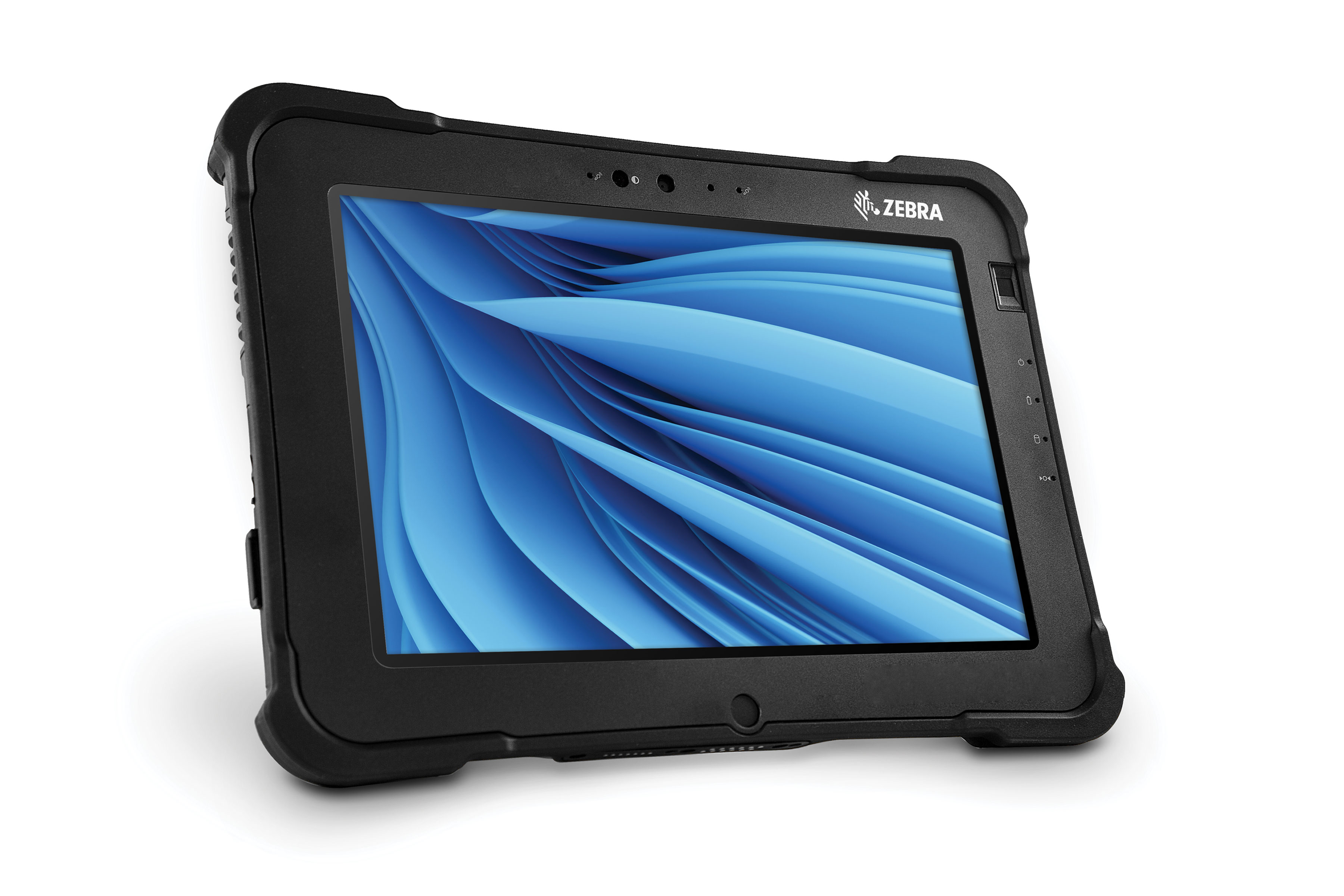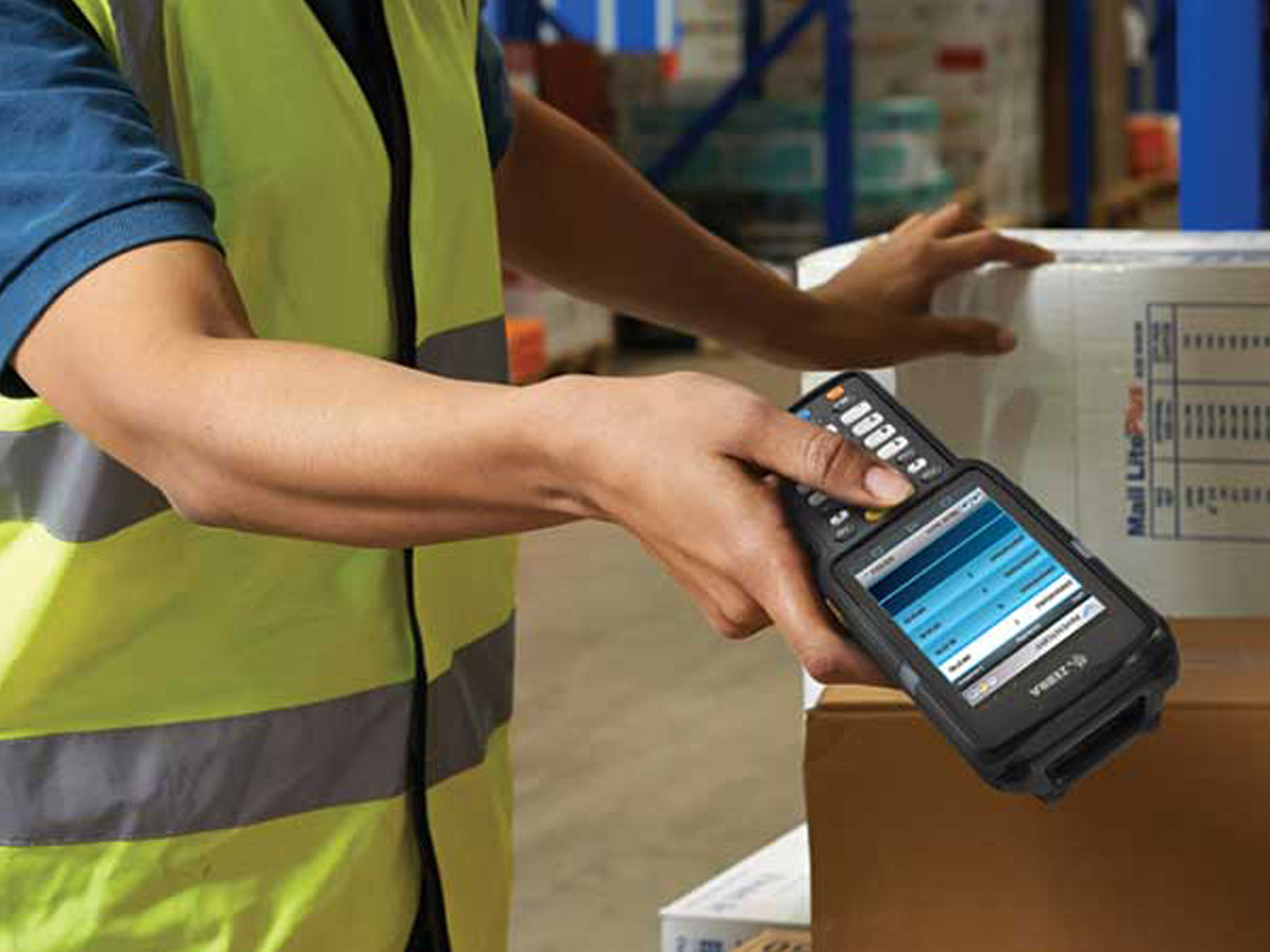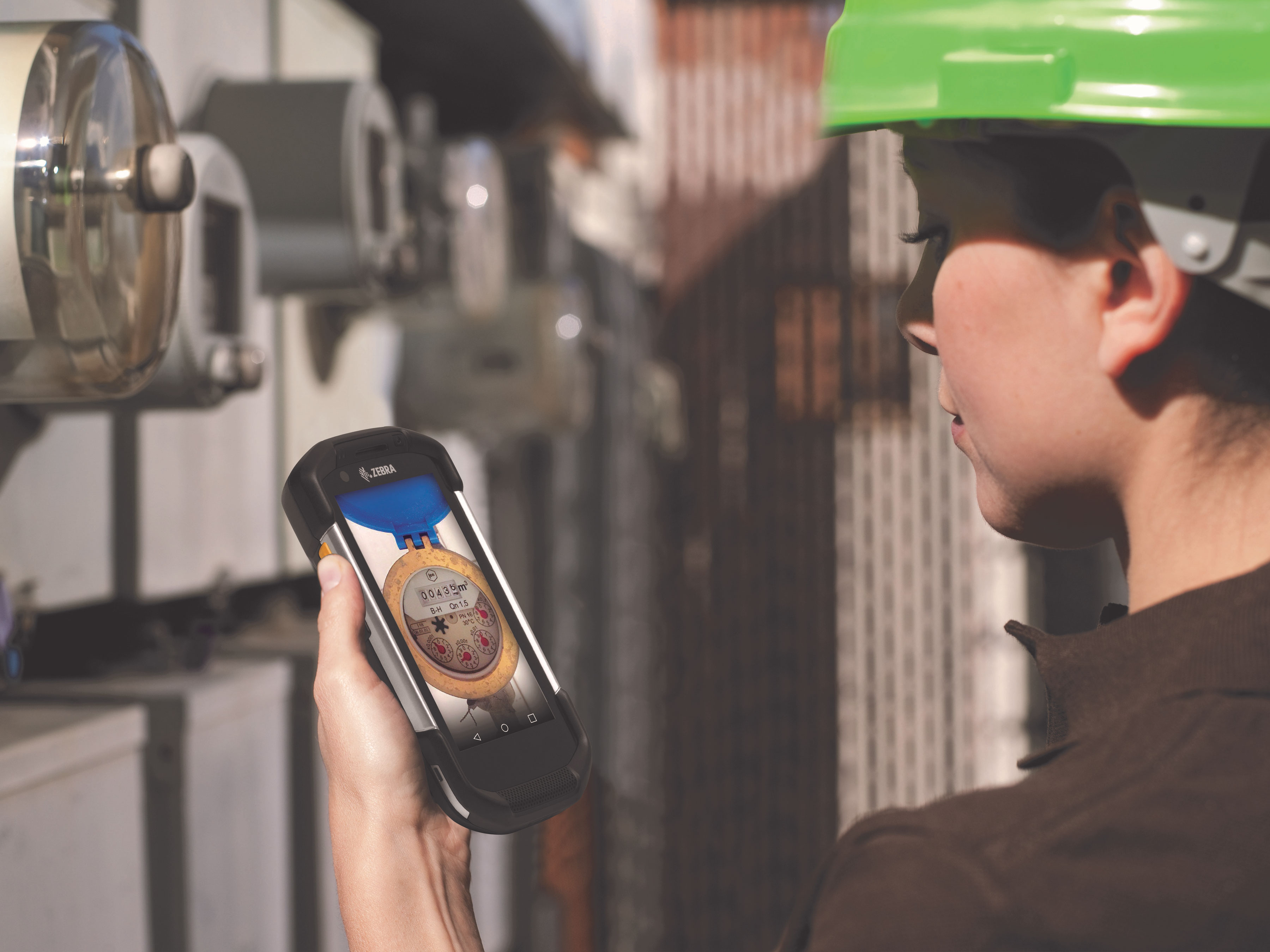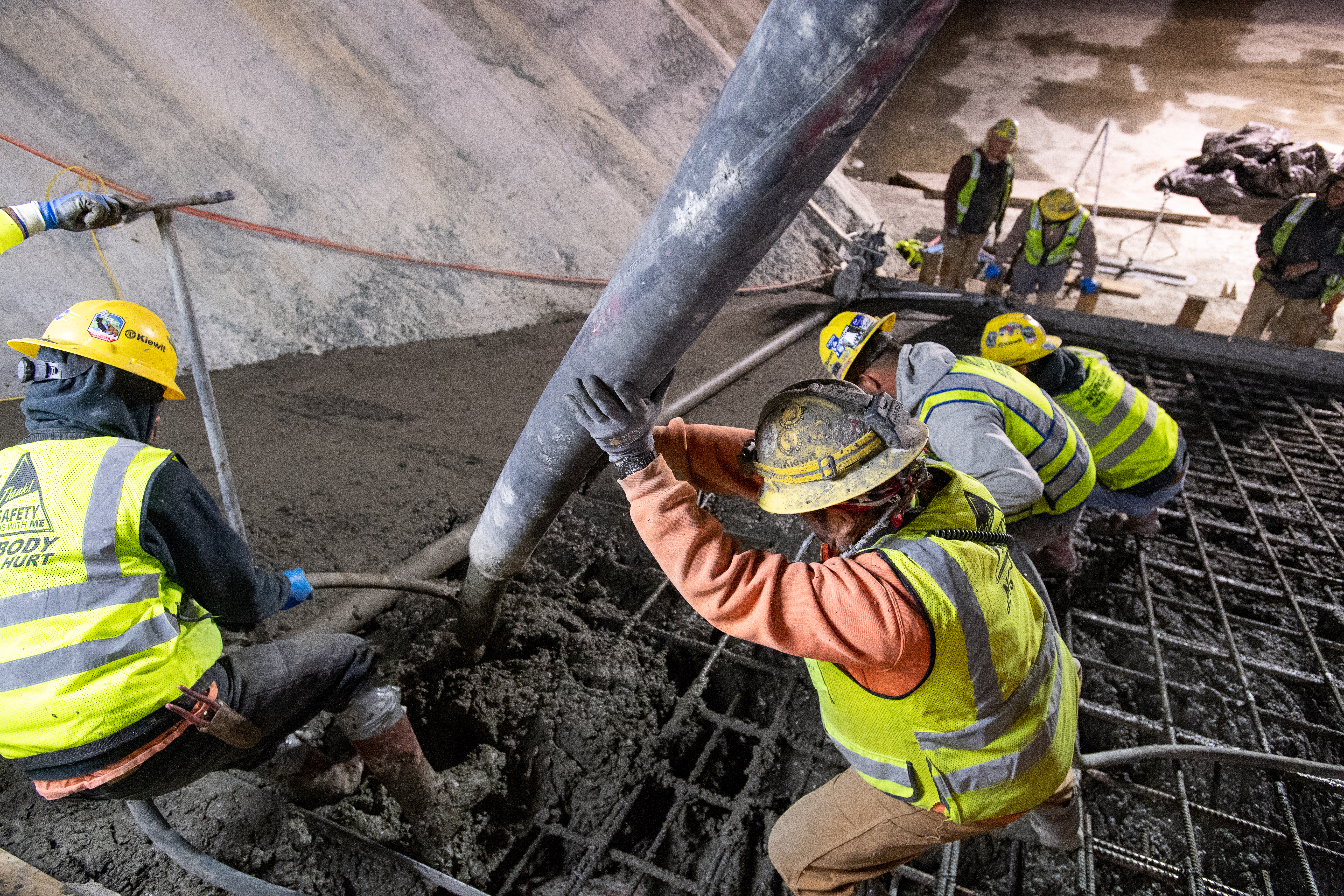
California Department of Water Resources digitizes field operations with rugged Zebra tablets and mobile SAP access
The California State Water Project, overseen by the California Department of Water Resources (DWR), delivers water to millions and sustains vast farmland while operating in challenging environments such as underground caverns and remote regions.
Zebra Success Story: California Department of Water Resources
Overview: Energy and Utilities Challenge
Following a 2017 spillway failure, DWR enhanced its maintenance operations by adopting SAP ERP software, Mirata digital forms, and rugged Zebra L10 tablets. DWR looked to digitize field maintenance workflows across 700 miles of water infrastructure while withstanding extreme conditions and ensuring real-time data integration with SAP in remote, off-the-grid areas.
Benefits / Outcomes
- 1,000+ updates/month done in the field
- 80 admin hours/month saved on paperwork
- Technicians empowered with the latest data
Customer
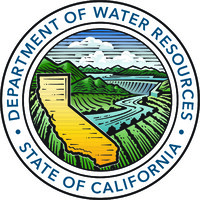
California Department of Water Resources
Sacramento, California/USA
Partner
Industry
Energy and Utilities
Solutions
About California Department of Water Resources
Every day, the California State Water Project delivers essential water to one in twelve Americans and irrigates an area of farmland five times the size of New York City. This high-stakes network consists of pipelines, aqueducts, and dams stretching over 700 miles north to south. Managed by the California Department of Water Resources (DWR), the project also delivers critical hydropower to the state's energy grid.
Behind this substantial operation, hundreds of technicians work around the clock in underground caverns, mountain sites, and in extreme weather conditions. On any given day, they process anywhere from three to 500 work orders for maintenance and repair tasks. To manage this dynamic workload, DWR teams rely on SAP ERP (Enterprise Resource Planning) software to store and track all equipment maintenance activities. Through Mirata’s digital forms, workers can view and complete assigned SAP work, and Zebra L10 rugged tablets deliver direct SAP access right in the field, wherever the job takes them.
The Challenge
This setup goes back to 2017, when the Oroville spillway failed. An investigation into its cause revealed an important fact: while DWR had the work orders to prove the maintenance of the components, it lacked complete field documentation since workers relied on handwritten notes and personal phones to take photos. “We weren’t effectively using our SAP system —since we weren’t empowering the people who needed access to it,” says Michael Malott, specialist field division chief at DWR.
Closing this documentation gap required standardized procedures to ensure consistent maintenance practices and guarantee that field technicians could properly capture and access the latest data. DWR responded by creating a dedicated maintenance division and bringing in asset engineers for the task. Using Mirata, a zero-code platform, the in-house team of maintenance planners built over 400 digital forms to streamline inspections, job hazard analysis, and asset documentation, automatically syncing everything with SAP.
The missing piece was an easy way for technicians to access or update SAP in the field. “Having a central location as an access point, as you might in a warehouse, doesn’t work for us. Our workers go to various locations. So, we had data in SAP, and we had assets in the field, but needed an easy way to link the two with a mobile field device,” Malott says.
Technicians used to spend 5–10 extra minutes at the end of each day relaying observations for someone else to enter into SAP. Now, we’re saving around 80 hours of admin work every month—time our teams can redirect from paperwork to hands-on maintenance.
The Solution
The environment in which DWR's field technicians find themselves can be deep underground, inside pipelines, or across hundreds of miles of remote terrain. “Most of our facilities are 40 to 80 feet below ground,” explains Malott. “We inspect and maintain assets in places with limited connectivity, heat, moisture, and high voltage.”
When trialing consumer-grade tablets, the devices couldn't withstand these conditions—they overheated, broke under rough handling, or shut down due to excessive moisture. “Many so-called ruggedized devices are just regular tablets in rubber cases,” says Malott. “They’re not robust enough to survive what our teams deal with every day.”
After testing several options, DWR chose Zebra L10 rugged tablets. Already familiar with Zebra printers and scanners in its warehouses, DWR trusted the brand to deliver. “We needed a full touchscreen, high-resolution cameras, Wi-Fi, cellular, laser scanner, and hot-swappable batteries—all in a tablet form factor,” Malott explains. “The XPad L10 checked all the boxes.”
Now, field technicians at DWR start their day by downloading work orders directly to their tablets via Mirata forms. Instead of juggling paper, phones, and clipboards, they go into the field with everything in one place. They complete and document work on the spot and then sync with SAP once their L10 tablet is online.
Equipped with the built-in Zebra SE4710 scanner, field technicians heading out for maintenance can also scan QR code labels on fixed assets like pumps to confirm they've arrived at the right location. Even if the labels are scratched, dirty, or poorly printed, the scanner captures them seamlessly, so technicians can get to work right away with confidence.
The Zebra Difference: Outcome and Benefits
Zebra tablets are used by 40–60% of DWR's field staff each week, rotating between crews depending on the job. They’ve endured multi-day field shifts, radiation zones, wide temperature swings, and constant use, proving they're built to handle varied, demanding work. When repairs or replacements are needed, DWR relies on Zebra OneCare support to keep downtime to a minimum. The service includes options for accidental damage coverage, regular wear-and-tear, and software and security updates, helping the team maintain continuity in the field. “We rarely have damage, but when we do send a device back, it’s quickly replaced without fail,” Malott says. “That matters when you’re operating 24/7 across 700 miles.”
With easy data access, DWR technicians make over 1,000 field-based updates each month—something impossible before. “Technicians used to spend 5–10 extra minutes at the end of each day relaying observations for someone else to update SAP,” Malott describes. “Now, we’re saving around 80 hours of admin work every month—time our teams can redirect from paperwork to hands-on maintenance.”
The shift has also improved traceability. Before, ensuring each field test or repair was documented and logged took a week or more. Now, it's done immediately, with no added burden on the technicians. “When crews finish their work, the paperwork is already done,” says Malott.
Having a flexible, Android™-based toolset enables technicians to creatively solve tough problems in the field. One of them used their Zebra tablet to troubleshoot a complex Heating, Ventilation, and Air Conditioning (HVAC) system by downloading a manual from Android resources, connecting a diagnostic app, and resolving the issue on the spot. With real-time field data, crews can plan smarter, allowing engineers to group tasks, cut travel, and have the right parts ready. "Your downtime decreases, your efficiency increases. It's just more respectful to the technician, the organization, and our customers," Malott confirms.
Over the past few years, DWR has focused on empowering field crews with mobile data input. Previously, only operations staff and supervisors could update notifications. Now, field workers document work on-site in real time via Zebra tablets and Mirata forms. “Equipping technicians to enter data in real time has been core to our progress,” says Malott.
Single Sign-On (SSO) securely ties each entry to the employee, ensuring clear accountability across SAP, OneDrive, or Google Drive. This foundation has significantly improved compliance and freed leadership to focus on strategy. “We’re a major utility, so regulatory compliance is huge for us,” Malott explains. “Regulatory requirements can now be pushed out through the devices, and we know who acknowledged and completed them.”
SAP, Mirata, and the Zebra devices function predictably, which means managers can stop troubleshooting and start leading, investing in training, process improvements, and workforce development. “SAP is solid. Mirata is solid. Zebra devices are solid. They work well together—that’s the beauty of it,” Malott reflects. “I don’t have to worry about the system. I can focus on my team, our mission, and maintaining the critical infrastructure that keeps California running.”
